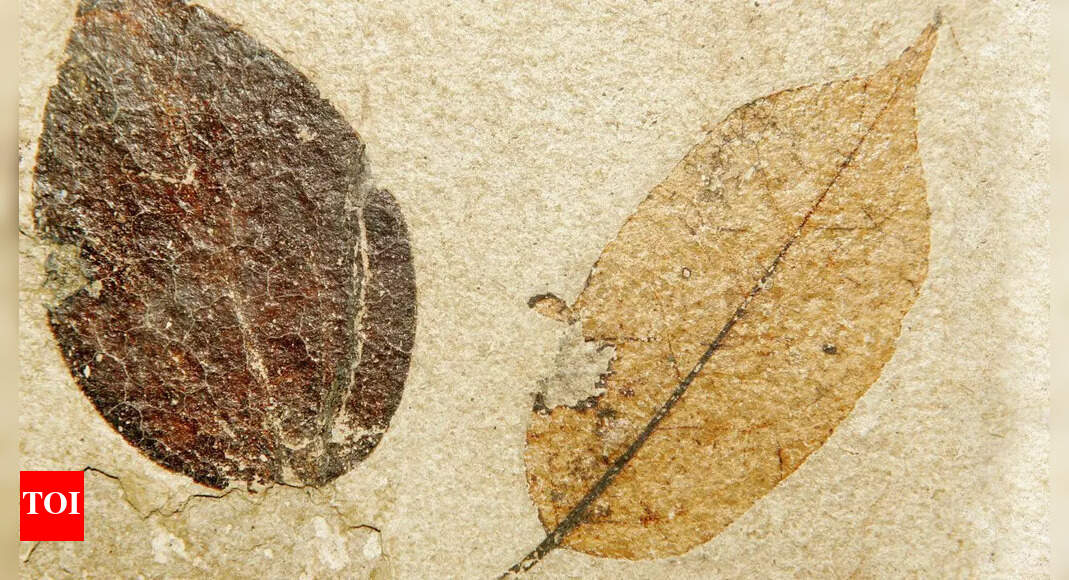Ancient Leaves Reveal a 24-Million-Year-Old History of Climate Shifts in Northeast India

Tracing the Migration of a Tropical Plant Species Through Time
In a groundbreaking discovery, scientists have unearthed fossilized leaves in Assam's Makum Coalfield that date back over 24 million years, shedding new light on India's ancient past and revealing a surprising link between northeast India and the Western Ghats.
The research team from the Birbal Sahni Institute of Palaeosciences (BSIP) in Lucknow analyzed the fossil leaves and found them to closely resemble modern plants from the Nothopegia genus, which are exclusively found in the Western Ghats. The fossils are the oldest known record of the Nothopegia genus worldwide, dating back to the late Oligocene period.
By utilizing advanced climate modeling tools such as the CLAMP method, scientists discovered that northeast India had a warm and humid climate during the late Oligocene, eerily similar to those in the Western Ghats today. This ideal environment allowed tropical plants like Nothopegia to flourish.
However, as the Himalayas began to rise due to tectonic shifts, the region's climate changed dramatically, leading to cooler temperatures and altered rainfall patterns. The result was a gradual disappearance of tropical species such as Nothopegia from northeast India.
Contrary to their ancestors' experiences, modern-day species in the Western Ghats continued to thrive in the relatively stable climate. The findings, published in the Review of Palaeobotany and Palynology journal, used fossil evidence combined with climate modeling to track the migration patterns of Nothopegia plants across time.
"This fossil discovery is a window into the past that helps us understand the future," noted Dr. Harshita Bhatia, co-author of the study. The research underscores the pivotal role played by climate change in shaping plant migration and survival through geological history, as well as its relevance to contemporary climate shift trends – now primarily driven by human activity.
Related:- Climate Change - Biodiversity - Plant Migration - Science History
Image Credits: For Representative Purposes Only (Canva)
